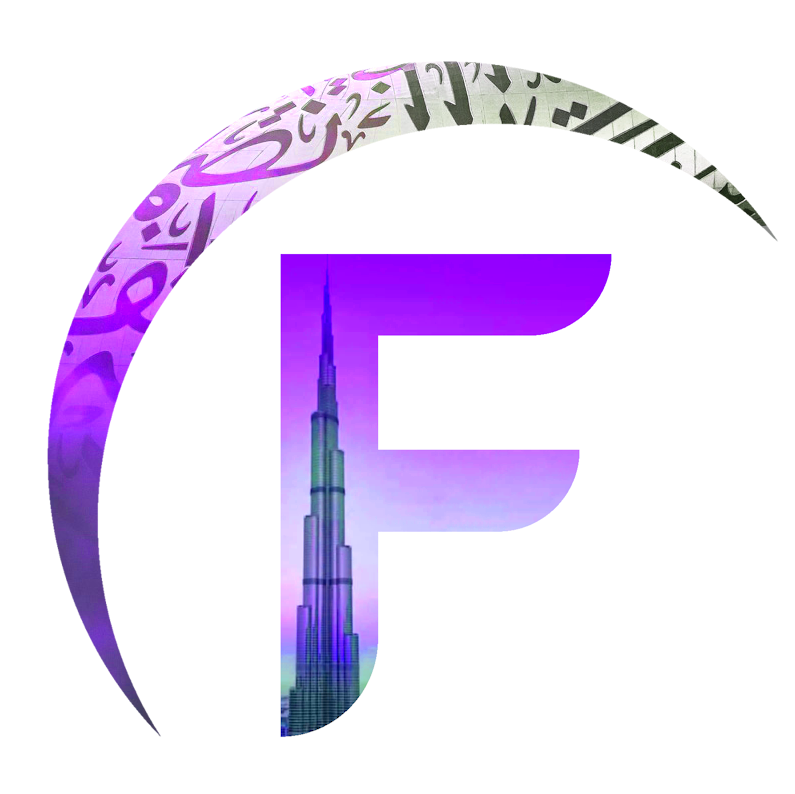Have you ever stood in front of a digital canvas that moves, breathes, and surrounds your senses with light and sound? Dubai’s contemporary art spaces do just that—turning the traditional art gallery visit into an immersive cultural experience you’ll never forget.
We walked through a corridor filled with raw concrete and unexpected silence
Alserkal Avenue in Al Quoz is more than a gallery space. It’s a district where creativity breathes in warehouses. Each building has a personality. One day you may stumble into an exhibit that explores silence through sculpture, the next, digital disobedience. Places like Carbon 12 and The Third Line have become anchors in this neighborhood. Exhibitions are not designed just for viewing. They’re built for engagement. Alserkal often hosts talks, workshops, and installations that spill out into shared courtyards. During art season, the Quoz Arts Fest draws thousands. Parking is tight. The vibe? Casual, experimental, bold.
There’s something calming about art on the edge of the water
Set against the stillness of Dubai Creek, the Jameel Arts Centre creates a different rhythm. This isn’t a place of fast selfies. Here, viewers pause. They read. They listen. The exhibitions are rotated often and cover bold themes—from ecological collapse to migration stories. Public programming includes film nights, guided tours, and artist-led discussions. What sets Jameel apart is its public library, rooftop garden, and open-air sculpture park. It’s free to enter, and it’s open to everyone. You might see school children sketching quietly or university students in debate. And when the winter sun dips low, the light becomes part of the art.
We weren’t sure if it was art or technology until it moved toward us
Infinity des Lumières is tucked inside The Dubai Mall, but it couldn’t be more different from the retail chaos outside. Inside, you’re surrounded by digital walls that ripple and shift. One moment, you’re in a Van Gogh painting. The next, you’re inside a Japanese forest dreamscape. There are no frames or canvases here. Instead, there are projectors—over a hundred of them. And the sound design fills every space. The entire experience is about immersion. Families, tourists, and even artists themselves come here not just to observe but to be absorbed. The tickets sell fast, especially during themed shows.
The wind came through the courtyard, carrying the smell of oud and paint
Located in the heritage district of Al Fahidi, XVA Gallery isn’t loud. It doesn’t need to be. The space itself tells stories. Rooms with wooden beams and lattice windows showcase contemporary works from the Arab world, South Asia, and Iran. The contrast is striking. Ancient architecture meets bold, modern visual language. Many pieces reflect on identity, migration, and displacement. But what truly defines XVA is the intimacy. Exhibits are close. Artists are often present. The café inside serves regional dishes, and sometimes you hear oud music drifting in from the courtyard. It’s the kind of place you discover once and return to quietly.
It didn’t feel like a theater, but the lights dimmed, and we all went silent
ToDA—Theatre of Digital Art—is not just a screen-based gallery. It’s a 360-degree experience. Imagine Renaissance works deconstructed and rebuilt with motion, mapped onto domes. It’s located inside Souk Madinat Jumeirah, but once inside, you forget the setting. The shows include immersive ballet, sound-reactive light installations, and experimental short films. They even offer yoga classes during art projections. It’s not traditional, and that’s the point. ToDA invites all ages and attention spans. No long labels. Just sound, color, and space that shifts with every program.

We heard a quiet hum of machines and thought it was part of the exhibit
Tashkeel began in Nad Al Sheba as an idea—supporting local artists with real infrastructure. Today, it offers residency programs, print labs, and group shows that often surprise. It’s one of the few places in Dubai where process is visible. You see work in progress. You meet artists in their studios. The annual “Made in Tashkeel” show presents pieces made right there. The gallery also hosts workshops for ceramics, digital fabrication, and textile printing. If you’re an emerging artist, this is where you start. If you’re a curious visitor, you get to witness artistic development in real time.
The gallery was quiet, and then we noticed the detail in every line
Gary Tatintsian Gallery is not large, but it is powerful. This space showcases high-caliber international artists, many of whom rarely exhibit in the region. From George Condo’s distorted figures to Damien Hirst’s conceptual installations, the collection feels like something out of London or New York. Visitors here often include serious collectors, critics, and global curators. But it’s open to everyone. There’s no barrier to entry, and the gallery staff often offer context without prompt. You leave feeling like you’ve touched something rare.
We expected a trade fair, but it felt more like a global cultural summit
Art Dubai happens once a year, but the energy builds months in advance. It’s not just a fair—it’s a platform. Over 90 galleries from around the world come together. You walk through booths featuring everything from NFTs to vintage modernism. But what stands out are the talks, children’s programs, and commissioned projects. It’s held at Madinat Jumeirah and attracts a cross-section of voices. The event contributes significantly to Dubai’s status as a cultural hub, and tickets can be reserved online or purchased on-site.
We didn’t know if the next room was real or projection
Ayyam Gallery, though quieter now than in its peak years, remains a landmark for Middle Eastern artists. Known for its support of Syrian and Lebanese creatives, the gallery once led the push for regional recognition. Today, it functions as both archive and beacon. The works here are heavy with history and urgency. While exhibitions are fewer now, they’re worth watching. Visiting Ayyam is like walking through a diary of contemporary Arab identity.
Dubai doesn’t just collect art—it creates new ways of seeing
Dubai’s art galleries are not imitations of Paris or New York. They’re laboratories. They respond to place, climate, and culture. From the industrial rawness of Alserkal to the digital immersion at ToDA, the city offers more than spaces—it offers experiences. Whether you’re a collector, student, or just curious, there’s something here for every eye and every rhythm.
This guide was prepared by the www.few.ae team to help you navigate the art scene with genuine local insight and updated observations.


 then "Add to Home Screen"
then "Add to Home Screen"